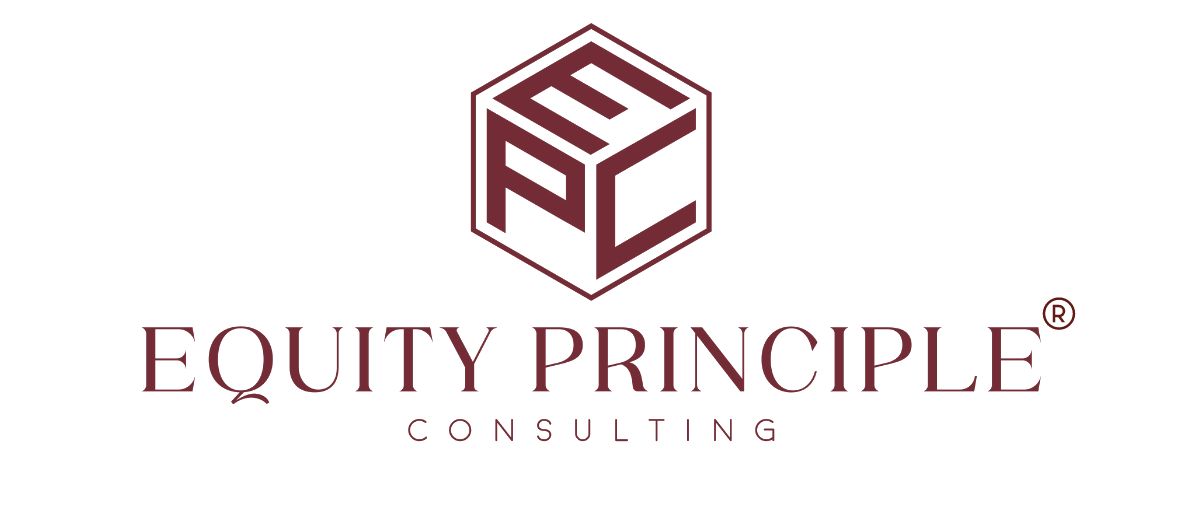The Uncomfortable Reality of Generational Bias in the Workplace
In our continuous journey toward creating inclusive and equitable workplaces, we often encounter less talked about yet profoundly impactful hurdles. One such hurdle is generational bias—a subtle, sometimes unconscious bias that significantly influences our interactions, decision-making, and workplace policies.
Like many examples of bias, generational bias in the workplace isn’t always overt. It’s not just about preferring one age group over another; it’s about the unrecognized and unchallenged assumptions that inform how we value contributions, skills, and competencies across different age groups.
This bias can manifest in various ways, from stereotyping Millennial employees as tech-savvy but lacking commitment to the pigeonholing of Baby Boomers as experienced but resistant to change.
Such stereotypes undermine individual capabilities and stifle the rich, diverse perspectives that each generation brings to the table. They also treat each generation as a monolith, which is silly since there are millions of people in a generation.
Allowing generational bias to go unchecked creates an environment where not all voices are heard or valued, leading to a lack of engagement from those who feel marginalized. Additionally, it hampers innovation. When organizations lean too heavily on the perspectives of one generation over others, they risk becoming stagnant and unable to adapt to changing market dynamics and customer needs.
Addressing generational bias requires intentional action and commitment from leadership at all levels. Inclusive leadership training is a critical starting point. Leaders must learn to recognize and challenge their biases, understand the unique contributions of different generational cohorts, and foster an environment where diverse perspectives are accepted and celebrated.
Another powerful tool for bridging the generational divide is implementing cross-generational mentoring programs. Such initiatives facilitate knowledge sharing and skill development across age groups and build empathy and understanding. By encouraging employees to step into each other’s shoes, these programs break down stereotypes and create a shared sense of purpose and community.
The path toward inclusivity is a journey of continuous learning and unlearning. It’s about challenging the status quo and embracing the discomfort of confronting deeply ingrained biases. By addressing generational bias head-on, organizations can unlock the full potential of their workforce, fostering a culture that is diverse in age and rich in innovation, collaboration, and mutual respect.
In conclusion, the uncomfortable reality of generational bias in the workplace is a call to action for all of us. It challenges us to look beyond the surface, to question our assumptions, and to commit to building a workplace where every individual, regardless of age, is valued for their unique contributions. Through inclusive leadership training and cross-generational mentoring, we can bridge the divides that hold us back, paving the way for a more inclusive, dynamic, and successful organizational culture.

